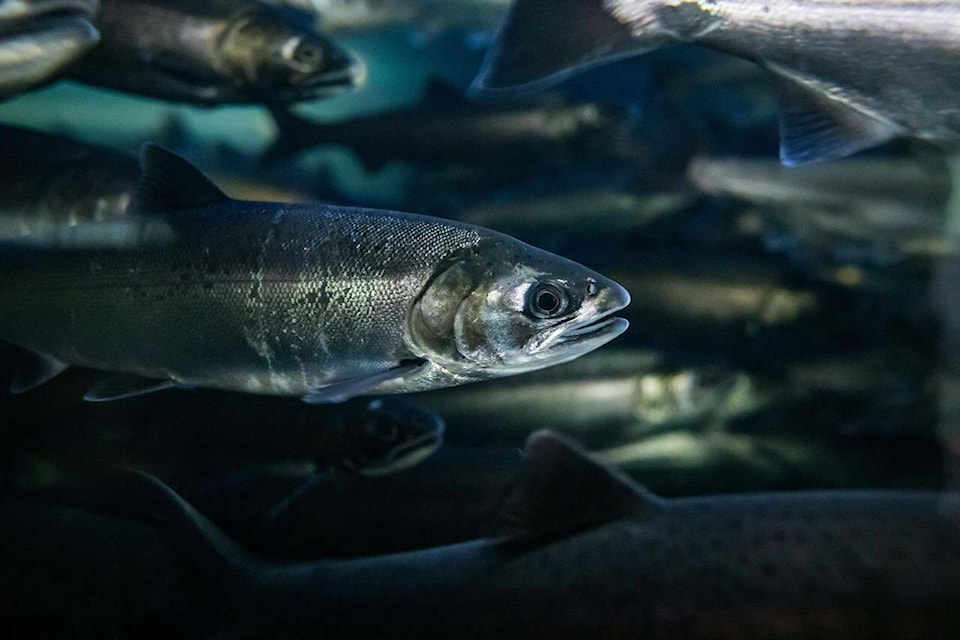A study by the Department of Fisheries and Oceans (DFO) is claiming that salmon farms aren’t the only cause of the gripping problem of sea lice amongst wild salmon on B.C.’s west coast.
Based on the data provided by salmon farming operators, the study concludes that “statistically, no significant association” was observed between the infestation pressure attributed to salmon farms and the probability of sea lice infestation on wild salmon in Clayoquot Sound, Quatsino Sound, the Broughton Archipelago and the Discovery Islands.
However, the data does suggest there is an upward trend in the amount of infestation, which according to the study has been collected over the past decade, since 2013.
The study concludes that there was “minimal risk” to Fraser Island sockeye salmon from all relevant fish pathogens of concern.
READ MORE: Writing on the wall for West Coast fish farms, conservationists say after closures
The BC Salmon Farmers Association (BCFSA) is quick to point out that based on the evidence, fish farms in the waters present no risk to wild salmon.
“As farmers, and as British Columbians, we care about wild salmon and agree wholeheartedly with DFO Minister Joyce Murray regarding the protection of wild pacific salmon,” said BCFSA executive director Brian Kingzett in a press release on Jan. 24.
Critics, however remain skeptical of the evidence presented by the DFO.
Noted activist and biologist Alexandra Morton, says she has evidence which suggests otherwise.
“This is not an honest assessment of what DFO actually found in their research,” said Morton in an email to the Mirror, saying that she will release documents with statistics when ready.
The First Nation Wild Salmon Alliance (FNWSA) say that the numbers released by the DFO and endorsed by the BCSFA simply don’t add up.
In a press release, the FNWSA claim that the industry “under-reports their lice by up to 50 per cent at times when their count is audited by the DFO,” which they say is “why industry data on sea lice on wild salmon never aligns with research from the top universities and research stations of Canada.”
Sea lice occur naturally in the Pacific, but tend to thrive in fish farms because of the high concentration of fish within.
Farms are legally required to conduct monthly counts of sea lice and make the numbers available to the public. Counts are self reported, but the DFO officials may perform pre-arranged audits to validate the authenticity of the numbers.
Edward Hitchins
edward.hitchins@campbellrivermirror.com
Like us on Facebook and follow us on Twitter
